Gian-Luca Petrucci, Paola Pisa - Frederick II The Great: Nine Sonatas for Flute & Harpsichord (2022) [Hi-Res]
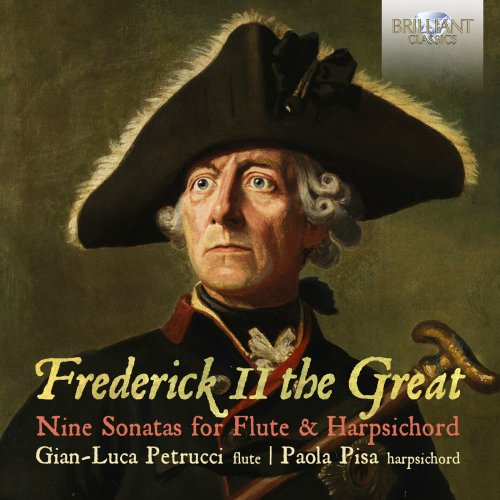
Artist: Gian-Luca Petrucci, Paola Pisa
Title: Frederick II The Great: Nine Sonatas for Flute & Harpsichord
Year Of Release: 2022
Label: Brilliant Classics
Genre: Classical
Quality: flac lossless (tracks) / flac 24bits - 44.1kHz
Total Time: 01:07:32
Total Size: 398 / 718 mb
WebSite: Album Preview
TracklistTitle: Frederick II The Great: Nine Sonatas for Flute & Harpsichord
Year Of Release: 2022
Label: Brilliant Classics
Genre: Classical
Quality: flac lossless (tracks) / flac 24bits - 44.1kHz
Total Time: 01:07:32
Total Size: 398 / 718 mb
WebSite: Album Preview
01. Flute Sonata in E-Flat Major, No. 111 Catalogue of the King: I. Affettuoso
02. Flute Sonata in E-Flat Major, No. 111 Catalogue of the King: II. Allegro
03. Flute Sonata in E-Flat Major, No. 111 Catalogue of the King: III. Allegro
04. Flute Sonata in C Minor, No. 114 Catalogue of the King: I. Grave e Cantabile
05. Flute Sonata in C Minor, No. 114 Catalogue of the King: II. Allegro ma non Tanto
06. Flute Sonata in C Minor, No. 114 Catalogue of the King: III. Presto
07. Flute Sonata in A Major, No. 117 Catalogue of the King: I. Grave e Affettuoso
08. Flute Sonata in A Major, No. 117 Catalogue of the King: II. Allegro ma non Molto
09. Flute Sonata in A Major, No. 117 Catalogue of the King: III. Tempo Giusto
10. Flute Sonata in A Minor, No. 119 Catalogue of the King: I. Andante Sostenuto
11. Flute Sonata in A Minor, No. 119 Catalogue of the King: II. Allegro
12. Flute Sonata in A Minor, No. 119 Catalogue of the King: III. Allegro Scherzando
13. Flute Sonata in E Minor, No. 154 Catalogue of the King: I. Grave
14. Flute Sonata in E Minor, No. 154 Catalogue of the King: II. Allegro Assai
15. Flute Sonata in E Minor, No. 154 Catalogue of the King: III. Presto
16. Flute Sonata in C Major, No. 188 Catalogue of the King: I. Grave
17. Flute Sonata in C Major, No. 188 Catalogue of the King: II. Allegro
18. Flute Sonata in C Major, No. 188 Catalogue of the King: III. Tempo Giusto
19. Flute Sonata in C Minor, No. 190 Catalogue of the King: I. Recitativo
20. Flute Sonata in C Minor, No. 190 Catalogue of the King: II. Andante e Cantabile
21. Flute Sonata in C Minor, No. 190 Catalogue of the King: III. Alla Breve
22. Flute Sonata in D Minor, No. 214 Catalogue of the King: I. Andante
23. Flute Sonata in D Minor, No. 214 Catalogue of the King: II. Allegro
24. Flute Sonata in D Minor, No. 214 Catalogue of the King: III. Presto
25. Flute Sonata in B Minor, No. 263 Catalogue of the King: I. Siciliano
26. Flute Sonata in B Minor, No. 263 Catalogue of the King: II. Allegro Assai
27. Flute Sonata in B Minor, No. 263 Catalogue of the King: III. Vivace Assai
Though Frederick II of Prussia, better known as “the Great” (1712–1786), was one of the greatest strategists of history, he found a way of reconciling his army life, his battles and his political determination with his passion for the flute and for music in general. He played every day, even when he was at war, and in the course of his life he composed, among other things, 121 sonatas and 4 concertos for flute, annotating some of these works with the phrase ‘Frederick composed [it] amidst torments’.
In The Present State of Music in Germany, the Netherlands, and United Provinces, the English composer, organist and distinguished music historian Charles Burney (1726–1814) described Frederick’s performing style as follows: ‘his embouchure was clear and even, his fingers brilliant, and his taste pure and simple. I was much pleased, and even surprised by the neatness of his execution in the allegros, as well as by his expression and feeling in the adagios.’
In Potsdam Frederick had teachers of extraordinary skill, ranging from Johann Joachim Quantz to Carl Philipp Emanuel Bach, and while he was certainly influenced by their style, he also proposed a style of his own that was not only closely associated with forms of ‘recitative’ influenced by vocal music, but also inspired – in certain respects – by his masonic faith. In fact, in his music one finds interesting esoteric symbolisms associated with numerology, masonic keys and the concept of the initiatory journey.
Almost all the sonatas for flute and continuo are in three movements in an ascending progression of tempos: Adagio, Allegro, Presto. Of particular interest is the Sonata in C minor (King’s Catalogue No.190) in which an introductory Recitativo and an Andante cantabile lead to the closing movement, which is a Fugue (the only example of this genre of composition in all his works). Moreover, the subject of the fugue includes an evident reference to the ‘Thema Regium’, the famous theme that the King gave to Johann Sebastian Bach during their meeting in Potsdam in 1747, which formed the basis of the Musical Offering BWV1079.
Other information:
- Recorded in June of 2021 at Canepina (Viterbo), Italy
- Booklet in English contains notes on the composer and his music by performer Gian-Luca Petrucci, and biographies of the artists
- Gian-Luca Petrucci plays a flute by Jack Moore (No.397);
Paola Pisa plays a French Harpsichord by Andrea Di Maio (2018), after Tibaut (1681)
- Frederick II of Prussia, better known as “the Great”, lived at a time when the decline of the absolutist powers of “Kings” came into conflict with the advent of “Reason, the Enlightenment”. Frederick reformed the military and government, established religious tolerance and granted a basic form of freedom of the press. He bolstered the legal system and established the first German code of law. Of all things, Frederick the Great, as he became to be known, left a legacy of devotion to Germany, which also was evident in his love for the arts.
- Frederick was an avid amateur musician and at his palace in Potsdam he had teachers of extraordinary skill, such as Johann Joachim Quantz and Carl Philipp Emanuel Bach. While he was certainly influenced by their style, he also developed a style of his own that was influenced by vocal music, as well as inspired by his masonic faith. In his music one finds interesting esoteric symbolisms associated with numerology, masonic keys and the concept of the initiatory journey. His works are full of charm, wit and melodic inventiveness, while brilliantly written for the instruments.
- Gian-Luca Petrucci has been first flute in several of the top orchestras of Italy. He was professor at the Santa Cecilia Conservatory in Rome. As a scholar he published monographs on several (Italian) composers: Mercadante, Briccialdi, Gazzelloni, de Lorenzo and Mozart.
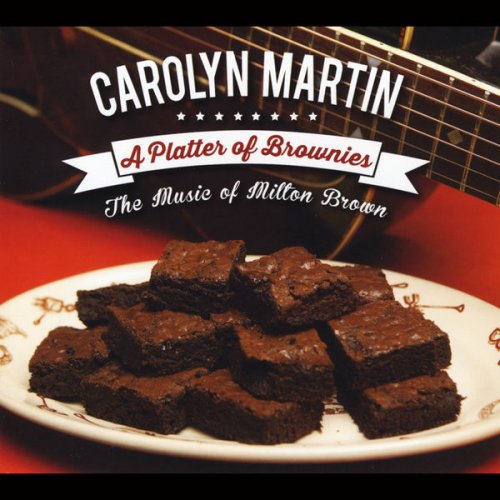
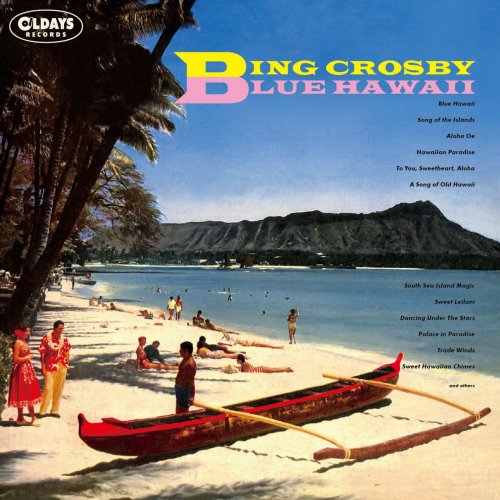
![Don Cherry, Nana Vasconcelos & Collin Walcott - Codona (1979/2025) [Hi-Res] Don Cherry, Nana Vasconcelos & Collin Walcott - Codona (1979/2025) [Hi-Res]](https://www.dibpic.com/uploads/posts/2025-12/1765970766_cover.jpg)

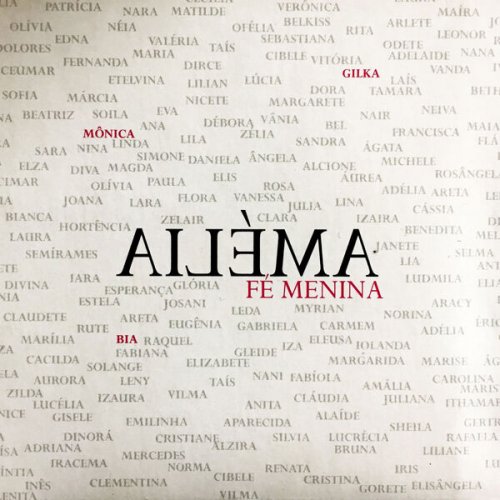
![Sibel Köse Septet - In Good Company (2025) [Hi-Res] Sibel Köse Septet - In Good Company (2025) [Hi-Res]](https://www.dibpic.com/uploads/posts/2025-12/1765846644_uizwujac4ht2d_600.jpg)

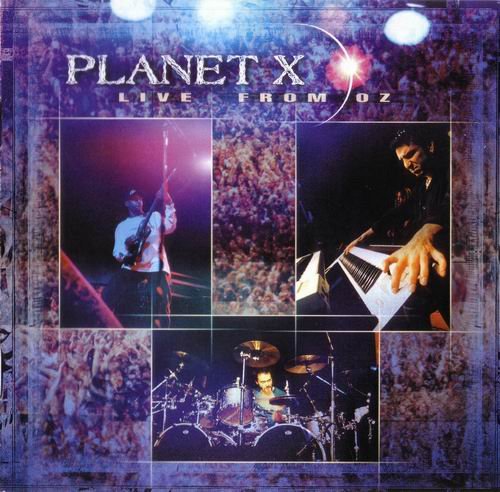
![Nectar Woode - Live at Village Underground (Live At Village Underground) (2025) [Hi-Res] Nectar Woode - Live at Village Underground (Live At Village Underground) (2025) [Hi-Res]](https://img.israbox.com/img/2025-12/15/eiazyx7yigt2lhbv1tcd3eos6.jpg)